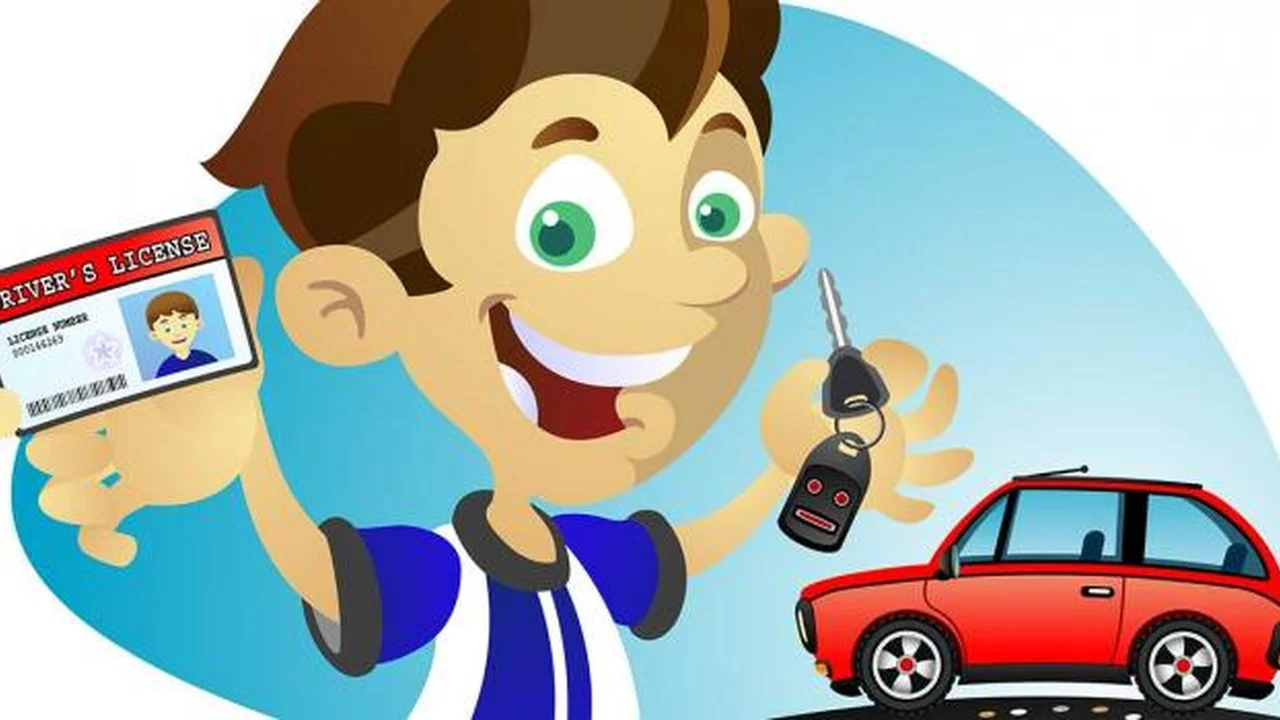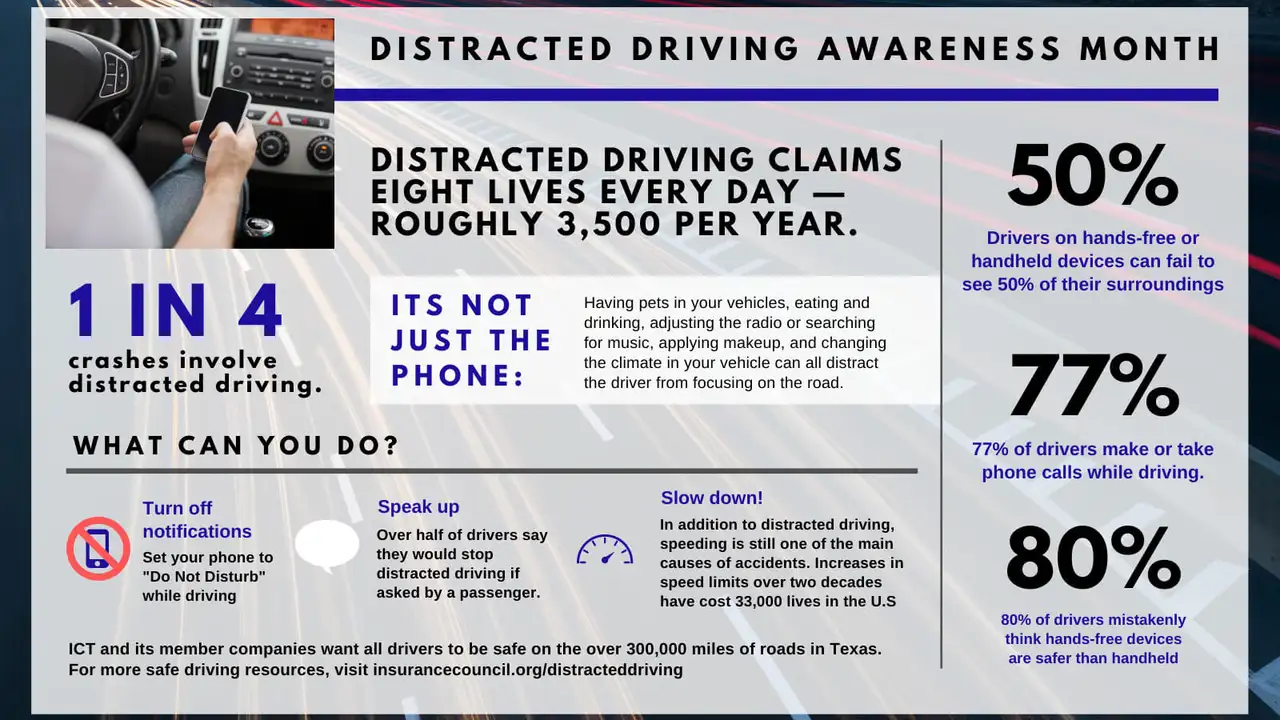Insurance Options for Teen Drivers: A Comparison

Understanding Teen Driver Insurance Costs and Factors
Alright, so you're diving into the world of teen driver insurance. Buckle up, because it can be a bit of a rollercoaster. First things first, let's talk about why insuring a teen driver usually costs more. Statistically, younger, less experienced drivers are more likely to be involved in accidents. Insurance companies use these stats to assess risk, and that risk translates into higher premiums. Makes sense, right?
Now, what actually influences those costs? Several factors come into play. The teen's age is a big one – generally, the younger they are, the higher the rate. Their driving record is crucial too. Any previous accidents or traffic violations will definitely bump up the price. Then there's the type of car they'll be driving. A sporty, high-performance vehicle is going to be more expensive to insure than a safe, reliable sedan. Where you live also matters. Urban areas with higher traffic density and crime rates often have higher insurance premiums than rural areas.
Finally, the insurance coverage you choose plays a major role. Liability coverage, collision coverage, comprehensive coverage, uninsured/underinsured motorist coverage – all these options affect the overall cost. We'll get into those details later.
Exploring Different Types of Teen Driver Insurance Coverage
Liability Coverage: Protecting Yourself and Others
Liability coverage is the foundation of almost every auto insurance policy. It protects you if you're at fault in an accident that causes bodily injury or property damage to someone else. It covers their medical expenses, car repairs, and even legal fees if they decide to sue. There are two parts to liability coverage: bodily injury liability and property damage liability. Bodily injury liability covers injuries to other people, while property damage liability covers damage to their vehicles or other property.
Think of it this way: if your teen rear-ends another car, your property damage liability would cover the cost to repair their bumper. If someone is injured in the accident, your bodily injury liability would cover their medical bills. It's crucial to have adequate liability coverage to protect your assets in case of a serious accident. Minimum state requirements are often not enough.
Collision Coverage: Repairing Your Vehicle After an Accident
Collision coverage pays for damage to your vehicle if you're involved in an accident, regardless of who's at fault. So, even if your teen crashes into a tree or another car hits them, collision coverage will help cover the repair costs. This coverage typically has a deductible, which is the amount you pay out of pocket before the insurance company kicks in. A higher deductible usually means a lower premium, but you'll have to pay more if you file a claim.
Is collision coverage worth it? It depends on the value of your car and your risk tolerance. If you have an older car that's not worth much, it might not be worth paying for collision coverage. But if you have a newer, more expensive car, collision coverage can provide valuable peace of mind.
Comprehensive Coverage: Protecting Against Other Perils
Comprehensive coverage protects your vehicle against damage from things other than collisions, such as theft, vandalism, fire, hail, and even hitting a deer. Basically, anything that isn't a collision is covered under comprehensive. Like collision coverage, comprehensive coverage typically has a deductible.
Comprehensive coverage is especially important if you live in an area with a high risk of theft or vandalism, or if you frequently drive in areas with deer or other wildlife. It can also be useful if you park your car outside, where it's more vulnerable to weather damage.
Uninsured/Underinsured Motorist Coverage: When the Other Driver Lacks Insurance
Uninsured/Underinsured Motorist (UM/UIM) coverage protects you if you're involved in an accident with a driver who doesn't have insurance or doesn't have enough insurance to cover your damages. Unfortunately, there are many uninsured drivers on the road, and even insured drivers may not have enough coverage to pay for all the damage they cause. UM/UIM coverage can help fill the gap.
There are two types of UM/UIM coverage: bodily injury and property damage. Bodily injury UM/UIM coverage pays for your medical expenses and lost wages if you're injured by an uninsured or underinsured driver. Property damage UM/UIM coverage pays for damage to your vehicle if it's hit by an uninsured or underinsured driver. In some states, you might need to pay a deductible for property damage claims.
Comparing Insurance Options: Adding Your Teen to Your Existing Policy vs. a Separate Policy
One of the biggest decisions you'll face is whether to add your teen to your existing car insurance policy or get them a separate policy. Both options have pros and cons.
Adding Your Teen to Your Existing Policy: Simpler and Often Cheaper
Adding your teen to your existing policy is often the simpler and more affordable option, especially if you already have a good driving record and a low insurance premium. It allows you to keep all your insurance coverage under one roof and avoid the hassle of managing multiple policies. However, adding a teen driver will almost certainly increase your premium.
The amount your premium increases will depend on the factors we discussed earlier, such as your teen's age, driving record, and the type of car they'll be driving. It's important to shop around and compare quotes from different insurance companies to see who offers the best rates for adding a teen driver to your policy.
Getting a Separate Policy for Your Teen: More Expensive but Potentially Better Protection
Getting a separate policy for your teen is generally more expensive than adding them to your existing policy. However, it can offer some advantages. For example, if your teen is involved in an accident, it won't affect your insurance rates as much as if they were on your policy. Also, a separate policy can provide more comprehensive coverage and higher liability limits.
A separate policy might be a good option if your teen has a poor driving record or if you want to protect your assets in case they're involved in a serious accident. However, be prepared to pay a significantly higher premium for a separate policy.
Strategies for Lowering Teen Driver Insurance Premiums
Okay, so teen driver insurance is expensive. But there are things you can do to bring those costs down! Let's explore some strategies.
Good Student Discounts: Rewarding Academic Success
Many insurance companies offer good student discounts to teen drivers who maintain a certain GPA (usually a B average or higher). This is because studies have shown that good students are often more responsible and less likely to be involved in accidents. Make sure your teen's grades are reported to the insurance company.
Driver's Education Discounts: Investing in Safe Driving Skills
Completing a driver's education course can also qualify your teen for a discount. Driver's ed teaches teens important driving skills and safety techniques, and insurance companies recognize the value of this training. Check with your insurance company to see if they offer a discount for completing an approved driver's education course.
Safe Driving Habits: Monitoring and Encouraging Responsible Behavior
Encouraging safe driving habits is crucial for both safety and lower insurance premiums. Set clear rules and expectations for your teen driver, such as limiting nighttime driving, prohibiting texting while driving, and enforcing seatbelt use. Consider using a telematics device or app to monitor your teen's driving behavior and provide feedback. Many insurance companies offer discounts for using telematics devices.
Choosing a Safe Vehicle: Prioritizing Safety Features
The type of car your teen drives can also affect insurance premiums. Choose a safe, reliable vehicle with good safety ratings and features such as anti-lock brakes, electronic stability control, and airbags. Avoid sporty or high-performance vehicles, as they tend to be more expensive to insure.
Increasing the Deductible: Balancing Costs and Risk
Increasing the deductible on your collision and comprehensive coverage can lower your premium, but it also means you'll have to pay more out of pocket if you file a claim. Carefully consider your risk tolerance and financial situation before increasing your deductible.
Shopping Around and Comparing Quotes: Finding the Best Rates
The most important thing you can do to lower your teen driver insurance premiums is to shop around and compare quotes from different insurance companies. Rates can vary significantly from company to company, so it's worth taking the time to get quotes from several different insurers. Use online comparison tools or work with an independent insurance agent to get quotes from multiple companies at once.
Specific Insurance Product Recommendations and Comparisons
Okay, let's get down to brass tacks and look at some specific insurance products. Remember, these are just examples, and the best choice for you will depend on your individual needs and circumstances. Always get a personalized quote!
State Farm Drive Safe & Save: Telematics-Based Savings
State Farm's Drive Safe & Save program uses a telematics device (or a smartphone app) to track your driving habits. It monitors things like hard braking, acceleration, and speeding. Safer driving habits result in lower premiums. This is a great option if you're confident your teen is a responsible driver. You initially get a discount just for signing up, and the potential savings can be significant based on actual driving behavior. It's available in most states. The cost of the device is usually included, but there might be a small setup fee. Premiums will vary, but good drivers can see savings up to 30%.
Allstate Drivewise: Another Telematics Option with Potential Rewards
Similar to State Farm, Allstate Drivewise uses telematics to track driving behavior. It also monitors speed, hard braking, and mileage. Drivewise also offers rewards points that can be redeemed for merchandise, gift cards, or discounts on Allstate products. This can be a great way to incentivize safe driving. Available in most states, Drivewise offers similar potential savings to State Farm's program, with the added benefit of rewards points. Again, costs vary based on driving behavior and location.
Progressive Snapshot: Pay-as-You-Drive Insurance
Progressive Snapshot is another popular telematics program that rewards safe driving habits. It focuses heavily on mileage, so it's a good option if your teen doesn't drive much. Like the other programs, it monitors hard braking and acceleration. Snapshot is also widely available. The potential savings are substantial, especially for low-mileage drivers. Progressive offers a discount just for trying Snapshot, even if you don't ultimately qualify for a large discount based on your driving.
Geico: Known for Competitive Rates
Geico is generally known for offering competitive rates, especially for young drivers. It's always worth getting a quote from Geico to see how their rates compare to other insurers. While they don't have a specific telematics program as prominent as State Farm or Allstate, they often offer discounts for things like good grades and driver's education. Premiums can be very competitive, particularly if your teen qualifies for multiple discounts.
Usage Scenarios and Comparative Analysis
Let's break down when each of these options might be best:
- High Mileage, Safe Driver: If your teen drives a lot but is a very safe driver (no hard braking, consistent speed), State Farm Drive Safe & Save or Allstate Drivewise could offer the biggest savings.
- Low Mileage Driver: Progressive Snapshot is ideal if your teen only drives occasionally.
- Budget Conscious: Geico is always a good starting point for a competitive quote, regardless of driving habits.
- Incentive Driven: Allstate Drivewise's rewards program can be a strong motivator for safer driving.
Price Comparison (Example):
Let's say a 17-year-old driver with a clean record is being added to a parent's policy in a suburban area. Here's a *hypothetical* price comparison (remember, prices vary wildly!):
- Adding to Existing Policy (Without Telematics): $1800/year
- State Farm Drive Safe & Save (Potential 20% Discount): $1440/year
- Allstate Drivewise (Potential 15% Discount + Rewards): $1530/year (plus rewards)
- Progressive Snapshot (Potential 10% Discount for Low Mileage): $1620/year
- Geico (Competitive Quote): $1700/year
These are just examples. The best way to find the right insurance is to get quotes from multiple companies and compare the coverage and prices.
Detailed Information on Specific Products (Examples)
State Farm Drive Safe & Save: Deep Dive
How it Works: You download the Drive Safe & Save app or use a small device that plugs into your car's OBD-II port. The app/device tracks your driving habits and transmits the data to State Farm. You can typically view your driving data online or in the app.
Key Features: Monitors speed, hard braking, rapid acceleration, and distracted driving. Provides feedback on your driving habits. Offers a discount for signing up and potential savings based on your driving score.
Pros: Potential for significant savings, provides valuable feedback on driving habits.
Cons: Requires constant monitoring, some drivers may feel uncomfortable being tracked.
Pricing: Varies based on driving habits and location. Contact State Farm for a personalized quote.
Allstate Drivewise: Deep Dive
How it Works: Similar to State Farm, you use the Drivewise app to track your driving habits. The app monitors speed, hard braking, and mileage.
Key Features: Monitors speed, hard braking, and mileage. Rewards points for safe driving habits. Points can be redeemed for merchandise, gift cards, or discounts on Allstate products.
Pros: Potential for savings, rewards program, provides feedback on driving habits.
Cons: Requires constant monitoring, some drivers may feel uncomfortable being tracked.
Pricing: Varies based on driving habits and location. Contact Allstate for a personalized quote.
Progressive Snapshot: Deep Dive
How it Works: You plug a small device into your car's OBD-II port. The device tracks your driving habits and transmits the data to Progressive. You can typically view your driving data online.
Key Features: Focuses heavily on mileage. Monitors hard braking and acceleration. Offers a discount for signing up and potential savings based on your driving score.
Pros: Potential for savings, especially for low-mileage drivers. Easy to use.
Cons: Requires using a device, some drivers may feel uncomfortable being tracked.
Pricing: Varies based on driving habits and location. Contact Progressive for a personalized quote.
:max_bytes(150000):strip_icc()/277019-baked-pork-chops-with-cream-of-mushroom-soup-DDMFS-beauty-4x3-BG-7505-5762b731cf30447d9cbbbbbf387beafa.jpg)






